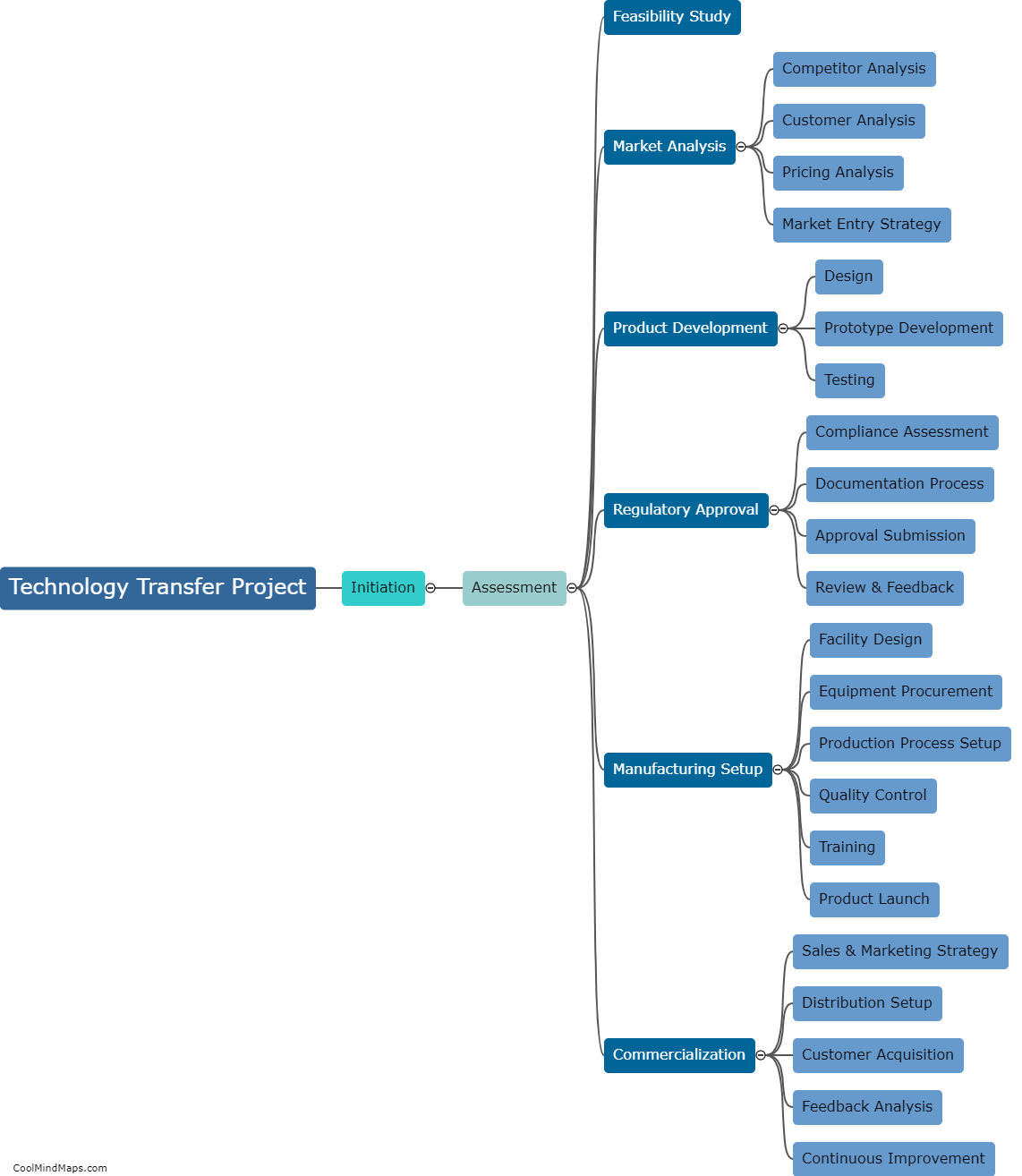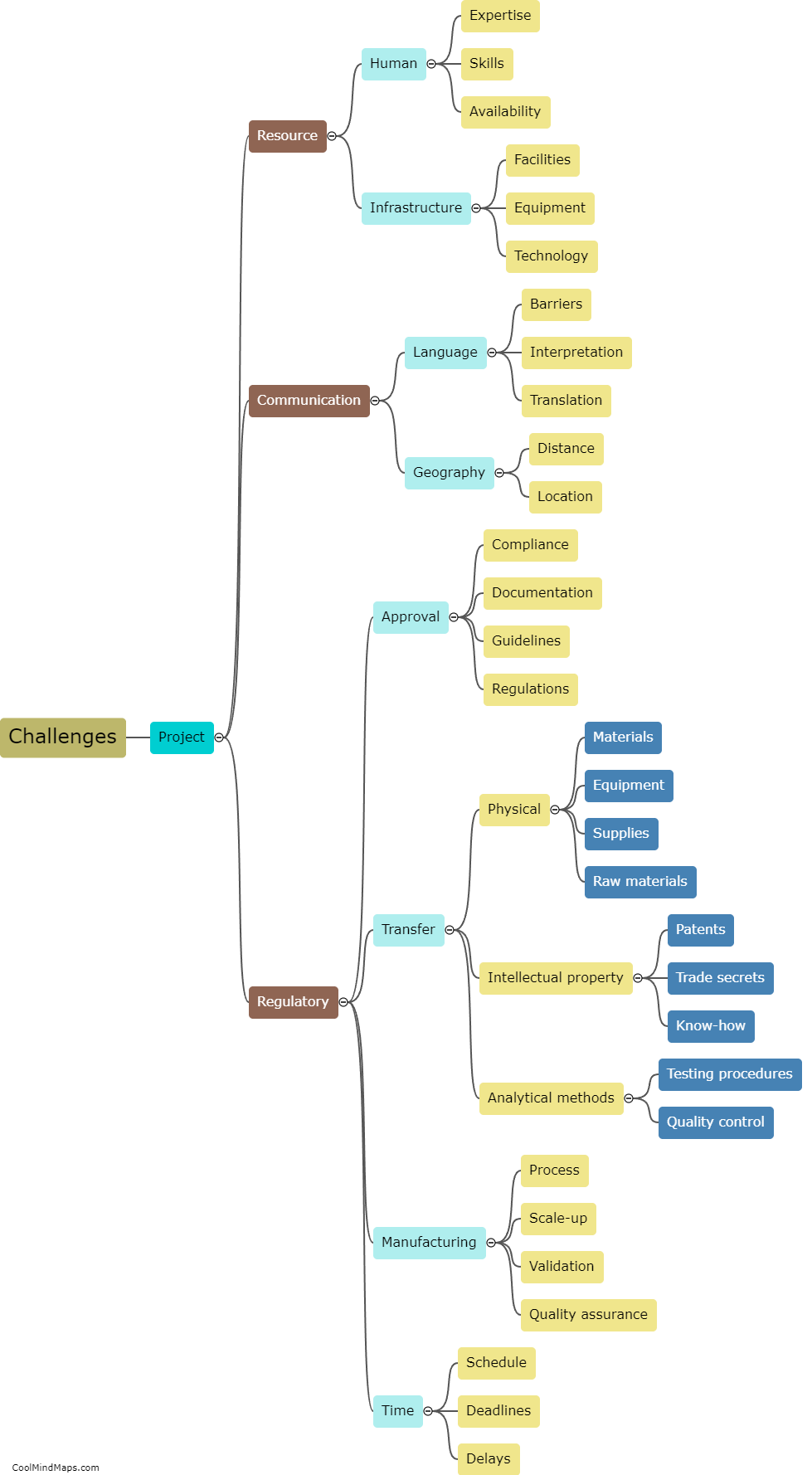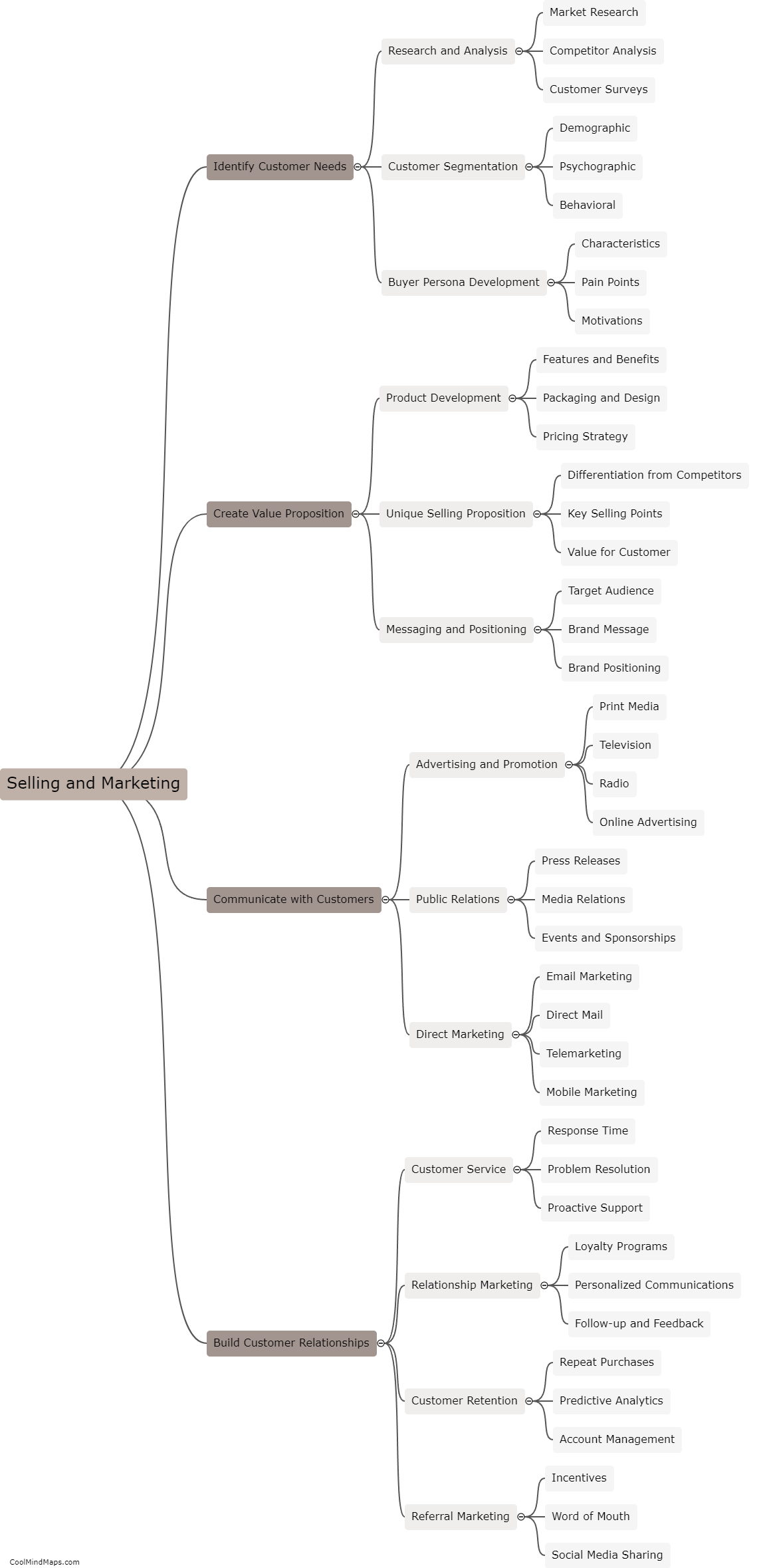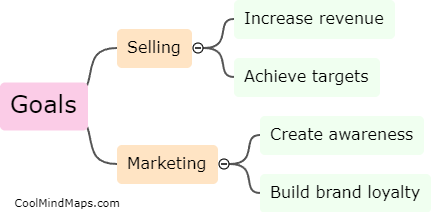What are the best practices for a successful technology transfer project?
Successful technology transfer projects often adhere to several key best practices. First and foremost, effective project planning is essential. This involves clearly identifying the objectives, scope, and timeline of the technology transfer, as well as gathering the necessary resources and expertise. Communication is another crucial aspect, as open and transparent communication channels ensure that all stakeholders are on the same page and can align their efforts. Moreover, it is vital to establish strong collaboration and partnerships between the transferor and transferee organizations, fostering a sense of trust and fostering a collaborative environment. Additionally, comprehensive risk management and mitigation strategies should be in place to address any potential obstacles or challenges that may arise during the transfer process. Finally, continuous evaluation and knowledge sharing are integral to the success of technology transfer projects, allowing for lessons learned to be applied to future endeavors and ensuring ongoing improvement and innovation.

This mind map was published on 15 November 2023 and has been viewed 93 times.











